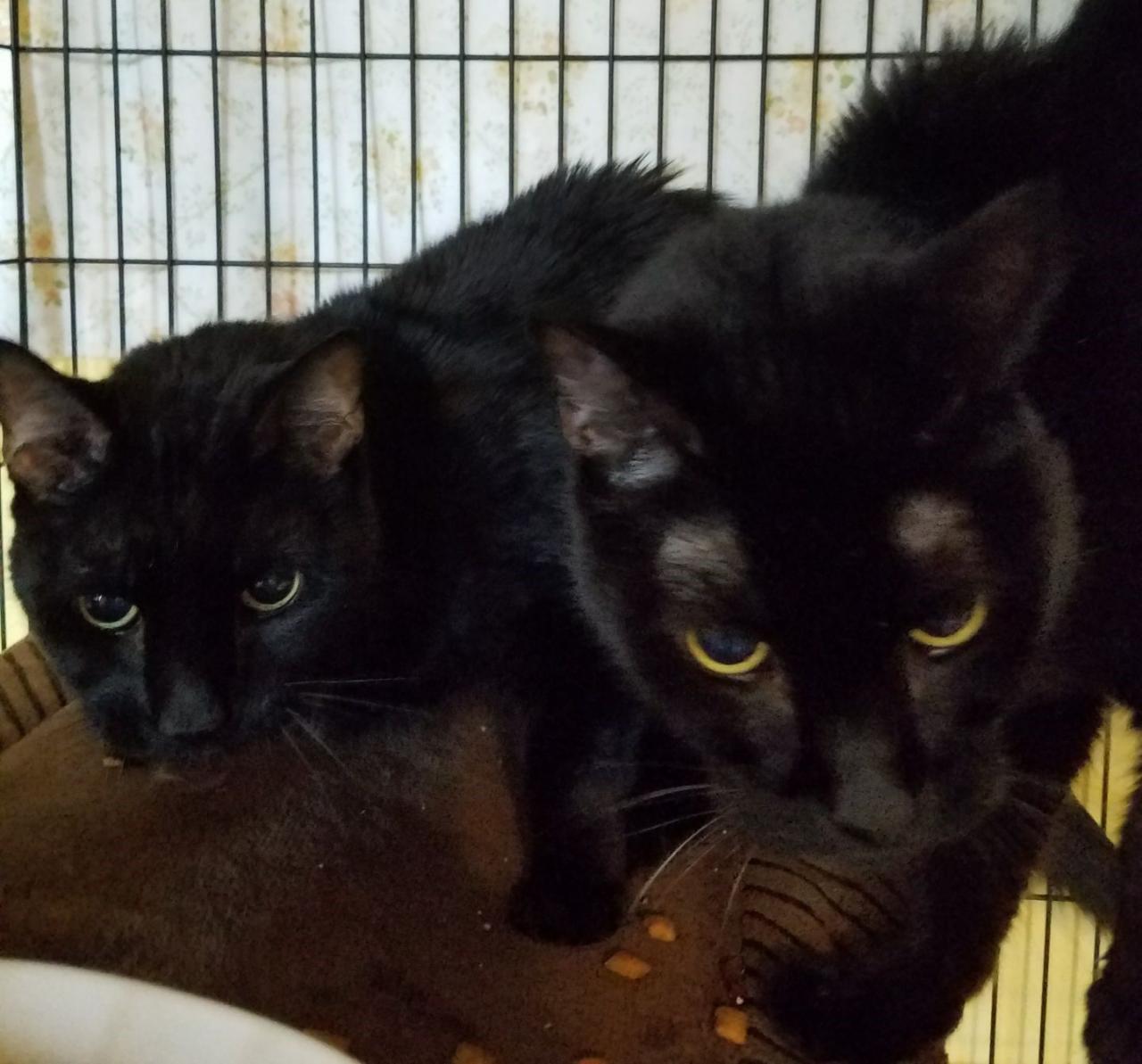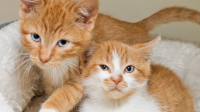
Declawed Purebred Petbarn Kittens: A Comprehensive Guide to Adoption
Introduction
Declawing a cat is a controversial topic that has sparked debate among animal welfare advocates, veterinarians, and pet owners alike. The procedure, which involves surgically removing the last bone of each toe, was once common practice in the United States, but its popularity has dwindled in recent years due to growing awareness of the associated risks and ethical concerns. However, it is still legal in most states and is sometimes performed on purebred kittens sold through pet stores such as Petbarn.
This article provides a comprehensive guide to adopting declawed purebred kittens from Petbarn. It covers the ethical considerations, potential health and behavioral implications, the adoption process, and resources for finding responsible breeders who prioritize feline welfare.
Ethical Considerations
Declawing is considered a major surgery that can cause significant pain, both during and after the procedure. It can also lead to a number of long-term health problems, including chronic pain, lameness, litter box avoidance, and behavioral issues such as aggression and anxiety.
The American Veterinary Medical Association (AVMA) strongly discourages declawing except for medical reasons, such as a life-threatening condition that cannot be managed through behavioral or environmental modifications. Many animal welfare organizations, including the Humane Society of the United States and the American Society for the Prevention of Cruelty to Animals (ASPCA), condemn declawing as an unethical and unnecessary procedure that compromises the well-being of cats.
Potential Health and Behavioral Implications
Declawing can have a profound impact on a cat’s health and behavior. The following are some of the potential complications:
-
Pain: Declawing is a painful procedure that can cause acute and chronic discomfort. Cats may experience sensitivity, swelling, and discomfort in their paws for weeks or even months after the surgery.
-
Lameness: Removing the last bone of each toe can alter a cat’s gait and balance, leading to lameness or an awkward walk.
-
Litter box avoidance: Declawing can cause pain and discomfort when cats use the litter box, leading them to avoid it altogether. This can result in housetraining problems and potential urinary tract infections.
-
Behavioral issues: Declawing can undermine a cat’s natural ability to defend itself, communicate, and interact with its environment. Cats that have been declawed may become more fearful, aggressive, or anxious, as they feel vulnerable without their claws.
The Adoption Process at Petbarn
Petbarn is a pet supply retailer that sells a variety of animals, including kittens. Some of these kittens may have been declawed before being put up for adoption. If you are considering adopting a declawed kitten from Petbarn, it is important to be aware of the ethical implications and potential health and behavioral risks involved.
The adoption process at Petbarn typically involves the following steps:
-
Visit the store: Visit your local Petbarn store to meet the kittens available for adoption. Ask the staff about the kittens’ health history, including whether they have been declawed.
-
Request medical records: If you are interested in adopting a declawed kitten, request the kitten’s medical records from the store. This will allow you to verify that the procedure was performed by a licensed veterinarian and that the kitten is recovering well.
-
Consider alternatives: Before finalizing the adoption, consider if there are any alternatives to declawing that could address your concerns about scratching behavior. This could include providing scratching posts, trimming the kitten’s claws regularly, or using deterrents such as pheromone diffusers or bitter apple spray.
-
Make an informed decision: Ultimately, the decision of whether or not to adopt a declawed kitten is up to you. However, it is important to make an informed decision based on the ethical considerations, potential health and behavioral implications, and your ability to provide a safe and enriching environment for the cat.
Finding Responsible Breeders
If you are opposed to declawing or would prefer to adopt a kitten that has not been subjected to this procedure, there are a number of responsible breeders who prioritize feline welfare and do not declaw their kittens.
When looking for a responsible breeder, look for the following characteristics:
-
Certification: The breeder should be certified by a reputable organization such as the Cat Fanciers’ Association (CFA) or The International Cat Association (TICA).
-
Health testing: The breeder should conduct thorough health testing on their cats to screen for genetic diseases and ensure the kittens are healthy.
-
Socialization: The breeder should socialize the kittens from a young age to ensure they are well-adjusted and friendly.
-
No declawing: The breeder should have a policy against declawing their kittens.
FAQ
Q: Is it legal to declaw cats in the United States?
A: Yes, declawing is legal in most states in the United States, but it is banned in some cities and counties.
Q: What is the best alternative to declawing?
A: The best alternative to declawing is to provide cats with scratching posts and other appropriate surfaces to scratch on, trim their claws regularly, and use deterrents such as pheromone diffusers or bitter apple spray.
Q: Can declawed cats still scratch?
A: Yes, declawed cats can still scratch with their back claws. However, the damage they can cause is significantly reduced.
Q: Are there any health risks associated with declawing?
A: Yes, declawing can lead to a number of health risks, including chronic pain, lameness, litter box avoidance, and behavioral issues such as aggression and anxiety.
Q: Why do some people declaw cats?
A: People may declaw cats to prevent them from scratching furniture or causing injury to people. However, there are a number of humane alternatives to declawing that should be considered first.
Conclusion
Adopting a declawed kitten is a personal decision that should be made based on careful consideration of the ethical implications, potential health and behavioral risks, and the ability to provide a safe and enriching environment for the cat. If you are opposed to declawing or would prefer to adopt a kitten that has not been subjected to this procedure, there are a number of responsible breeders who prioritize feline welfare and do not declaw their kittens.






